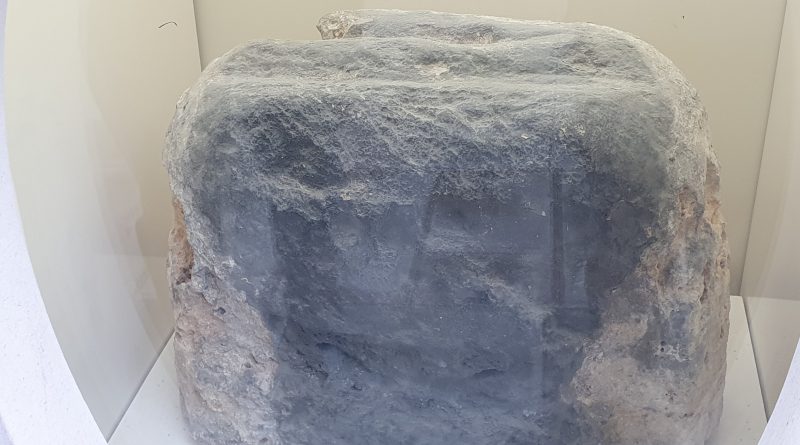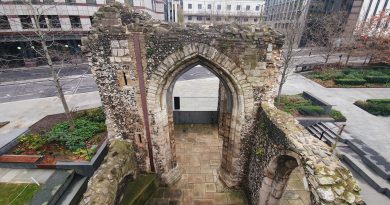London – Central London – The London Stone
There’s not much that I can add to the collective on-line resources about this stone, but I still find it an interesting survival. It was once part of a larger stone structure that might date back as far as the Saxon period (some say the Roman period), although the written record is more substantial from the medieval period. It’s known that in 1450 Jack Cade, the leader of a revolt against the governance of the country, entered London and struck the stone with his sword, which he claimed made him the Lord Mayor of London. He was dead soon after, the process wasn’t quite as smooth as he might have hoped.
Here is the stone in its current home, 111 Cannon Street. It was once located at Candlewick Street, which was later widened to create the current Cannon Street. It has been something of a tourist attraction since the sixteenth century (I suppose they didn’t have many other options then, places like the London Dungeon weren’t trading in the way that they are now), although it had to be moved as it was in the way of traffic. Bloody typical that they move items of historic interest to make way for traffic, but nothing much changes. From the seventeenth century, the stone was placed safely in the wall of St. Swithin’s Church, but that was damaged during the Second World War. It was though included in the replacement building to ensure its future.
The situation became a little ridiculous more recently when the stone became included in the WH Smiths store and got stuck behind the magazine rack. The entire building was demolished in 2016 and today it’s back in a nice alcove so that the public can easily see the stone. It might not be much to look at, but it’s a remarkable survivor and there’s some considerable heritage to the whole arrangement.
There’s an information board by the stone (clicking on the image makes it larger). I accept that individuals have to use a lot of imagination here when looking at this lump of rock, but I like that it’s there.






